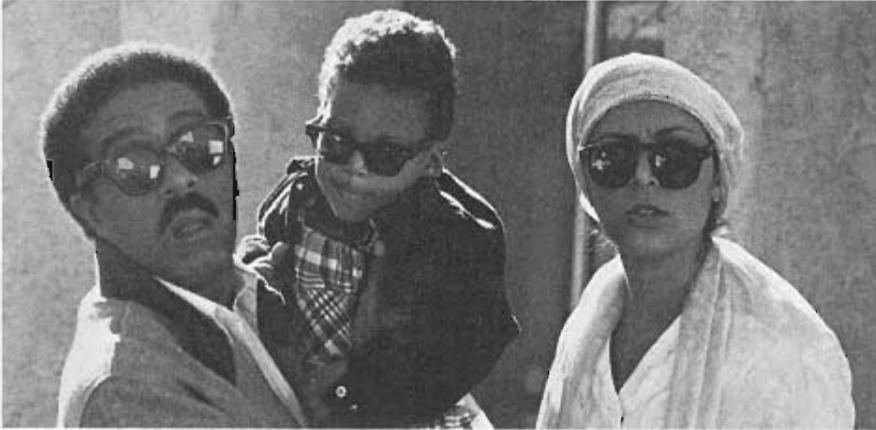
Michael Schultz‘s Which Way Is Up? substantiates the youthful director’s earlier promise as one of Hollywood’s brightest talents. The former Negro Ensemble Company’s stage director already had to his credit, Cooley High (a paean to the sixties) and Car Wash (a working man’s fantasy). Together the three films have earned him the film industries supreme accolade — box office lines around the block.

People are laughing hysterically at Richard Pryor‘s misadventures as Leroy, a fruit picker turned company man, who is threatened by all that surrounds him, including his polygamous family. The plot involves Pryor, labor unrest, religion, conspiracy theories, women’s love rights and all of the wonderful elements that have made the seventies so much fun.
The film makes one forget Lina Wertmueller’s The Seduction of Mimi, from which it was adapted, because the Black actors no more try to imitate Wertmueller’s Sicilians than honestly portray people whose foibles would be the same whether they were white, black or green.
How funny is the film? If you have a heart condition, stay home. Which Way is Up? Might kill you.
* * *
Miscellaneous Updates
Toms, Coons, Mulattoes, Mammies and Bucks by Donald Bogle, Bantam Books — Publishers, 346 pages. $2.25
From Samba to Superspade, by Daniel J. Leab, Houghton Mifflin Co. — Publishers, 264 pages. $6.95
Black Hollywood by Gary Null, Citadel Press — Publishers. 250 pages, $12.00
These three books on the Black experience in Hollywood begin with the first Black character in a film, the lead part in Uncle Tom’s Cabin in 1903. The fact that the part was played by a white man in blackface forebode the industry’s decades long treatment of Black actors and roles. Hollywood would have everyone believe Blacks, if they existed in films at all, were all lazy, dim-witted, natural dancers and extremely fond of chicken.
These three books give one an historical insight as to why the Black film goer had to put up with the stereotypical nonsense of such films as: Coon Town Suffragettes (1914), Darktown Revue (1931), Gone With the Wind ( 1939) and Show Boat (1936 and 1951).
How the stars involved felt is also well documented in all three books, but Bogle’s quoting of Hattie McDaniels at the height of the Depression sums it up when she said, “I rather play a maid for seven thousand a week. If I didn’t, I’d be making seven dollars a week being one!”
Although the three books cover the same subject, they are intrinsically different in layout and execution. Bogle’s Toms, Coons, etc. is the more anecdotal of the three while Leab’s From Samba to Superspade looks at the sociological side of Hollywood’s fantasy machine in terms of how the film industry always reflects the society it capitalizes on; hence, since the United States was racist then so were the films.
Null’s Black Hollywood, the only hardcover, is lavishly illustrated with more than 400 photos. It is a book that should be slowly perused and digested as the text almost becomes secondary to the visual joy of seeing how Black actors contributed more than just a little bit to the make-believe world of film.
Keep reading this issue – next article
See a list of all archived ROUTES editions

